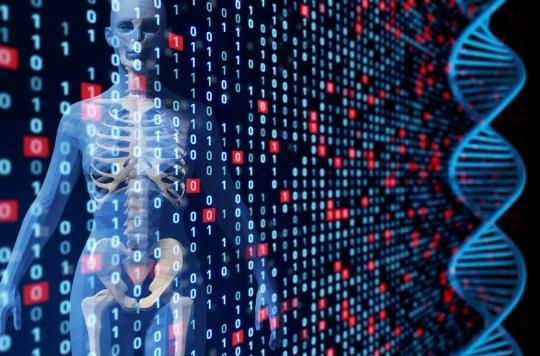Are human donors becoming obsolete?
Locked up in their labs, researchers all over the world are cultivating organs. Lungs, kidneys, livers and even hearts are being counterfeited. Will human organ donors soon be superfluous?
Mickey the mouse, who remembers him? Not the cartoon character of Walt Disney, but the real snow-white mouse with red eyes that was world news in 1995. The reason: He had a human ear on his back.
Ear on back
It all looked more spectacular than it was, because the ear had no function. It couldn’t be pasted from the back of the mouse onto a human’s head and get to work right away. But the research of Dr. Charles Vacanti of the University of Massachusetts indicated that it might one day be possible to grow ears, noses, skin, bones or even internal organs.
rat ghost heart
Let’s jump to now, 2008. In January, both the De Pers newspaper and the Elsevier weekly came with an interesting medical story from the United States: scientists at the University of Minneapolis had grown a living, beating heart.
They had done that by taking a rat heart and extracting all the heart muscle cells from it. They injected the remaining skeleton with heart muscle cells from newborn mice. After three days and the necessary electric shocks, the heart started beating. Not as powerful as a normal mouse heart, but still.
human heart
Less than a year earlier, London was briefly at the center of the medical world, when the English newspaper The Guardian reported that British researchers had succeeded in growing part of a human heart. Literally, because instead of the American rat ghost heart, the British have stem cells: cells that are still able to develop into a particular cell type. According to the British, it should be possible to develop a complete, beating human heart in this way within ten years. In the meantime, they have spent ten years in which the team mapped out how each particle of a heart works.
breasts
The reports about the hearts are so far the pinnacle in the achievements of several researchers since Mickey the mouse with the ear behind his back once again started to stretch his paws in his running wheel. It seems that researchers all over the world are cultivating organs.
In 2003 the website of the scientific VPRO radio and TV program Noorderlicht reported that the Australian surgeon Wayne Morrisson had succeeded in growing breasts. For now only in pigs, but still. Women who have lost a breast through amputation are eagerly awaiting this alternative to silicone implants.
Kidneys
Another example: in 2006 it was revealed that seven American children had been walking around with a urine bladder made of the body’s own cells grown outside the body for two to five years. The Eindhovens Dagblad reported this in an interview with the Dutch researcher Patricia Dankers.
She was 27 years old at the time and had to defend her thesis on supramolecular biomaterials. In normal Dutch: she had worked on growing tissue (and therefore organs) outside the body. Her next step: growing a kidney.Future
All these examples offer hope for the future. Growing organs only seems to have benefits. Organ donors, which have always been in short supply, are no longer needed and patients run a much lower risk of their bodies rejecting those foreign organs.
Artificial organs or parts of organs are then no longer necessary. In the Netherlands, for example, every year about a thousand children receive a plastic heart valve immediately after they are born, because their own heart valve is not working properly. However, these fake valves do not grow with the body and must therefore be replaced regularly.
Xenotransplantation
Organ culture also solves the problems that can arise with xenotransplantation. This involves transferring living cells, tissues or organs from animal to animal or from animal to human. Here too, the risk of rejection is high and, moreover, many people might object to walking around with a pig heart.
Embryos
Is there nothing negative to report about growing organs? Well, actually. Stem cells are needed to grow hearts, livers and kidneys. And those are only found in embryos. Many people therefore have ethical objections to the ‘use’ of what should once have become a human being.
Still, scientists remain optimistic. The Institute of Biomaterials and Biomedical Engineering in Toronto, Canada, for example. That claims to be able to supply hearts, kidneys and livers in ten years. It could save the lives of thousands of people who are now dying from failing or diseased organs.

















